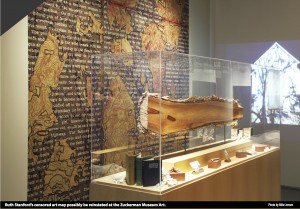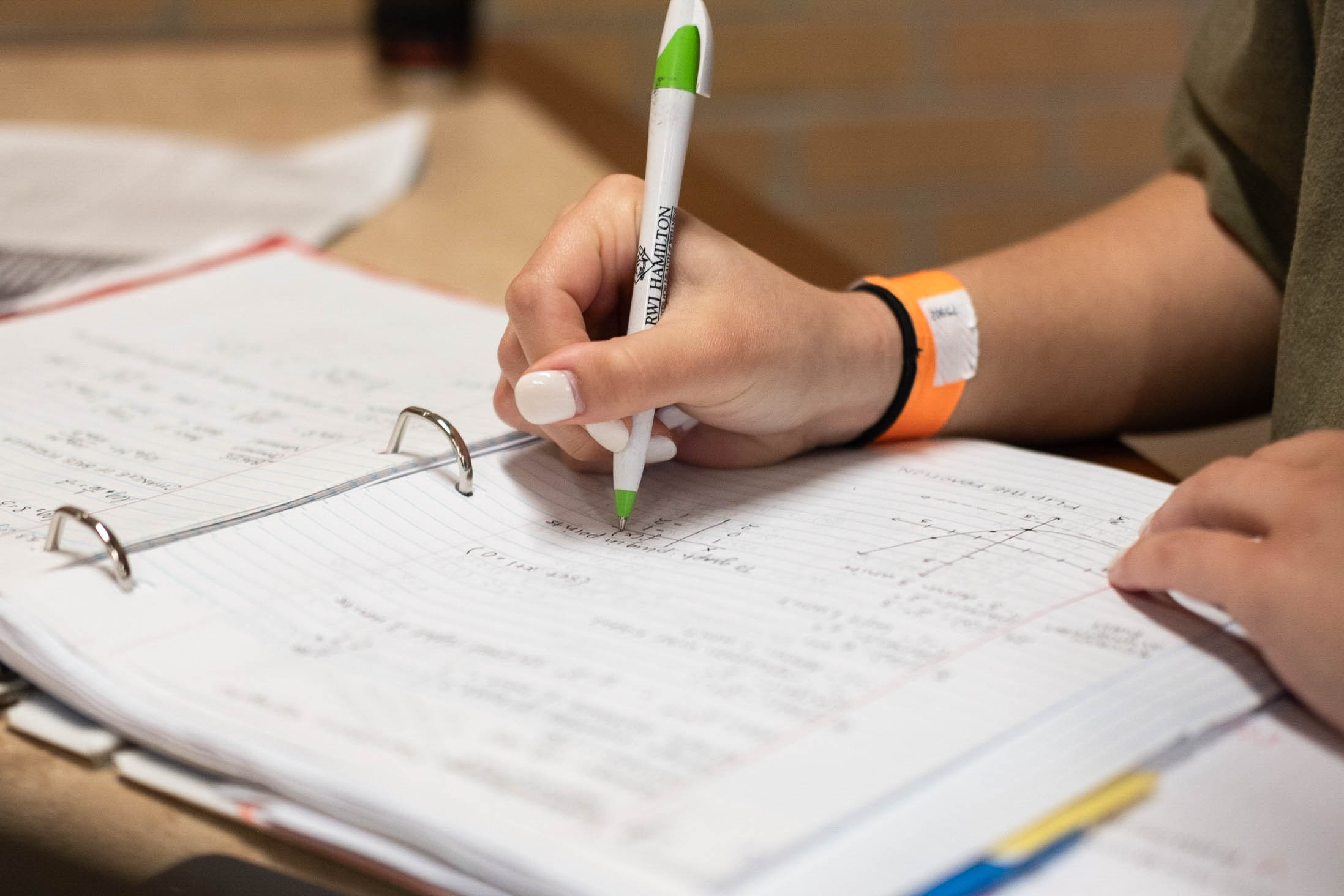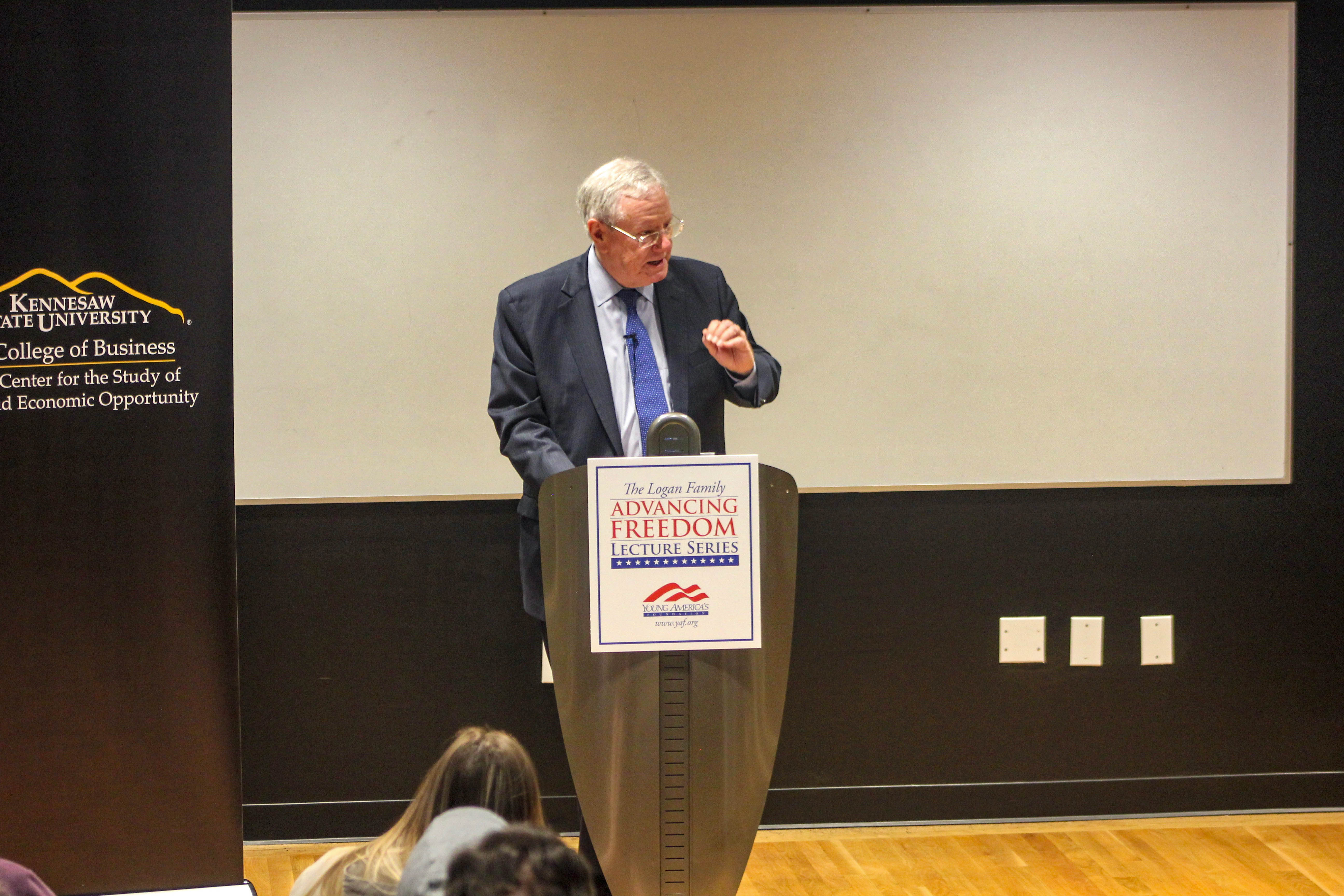
By Kaitlyn Lewis, Staff Writer
The removal of artist Ruth Stanford’s installation, “A Walk Into the Valley” at the debut of the Bernard A. Zuckerman Museum of Art Saturday, March 1, sparked protest which prompted a swift response from the administration Wednesday, March 3. Stanford, associate professor of sculpture at Georgia State University, was contacted the afternoon of Tuesday, March 4, and finally offered an opportunity to reinstate her piece, it is unclear by whom at this time.
Stanford has considered this offer but is still disappointed. She said, “what happened resulted in the work of other artist’s work being moved around in the show, and to put it back would require moving the artist’s work again.”
“The whole controversy has altered the context of my work,” Stanford said. “The work really won’t ever be seen in the context that I intended anymore.”
Stanford claimed that the Zuckerman Museum asked her to create an installation that explored the history of this property, however according to the memo written by KSU President on March 3, the administration had a “late knowledge of the subject matter.”
“They know that my work, in general, deals with those kinds of issues.”
The subject matter of Stanford’s “A Walk in the Valley” frames the homestead of late nineteenth and early twentieth century writer Corra Harris as a specific place and time. KSU acquired Harris’s property in November 2008 located in Bartow County.
Stanford‘s art depicts a redacted version of Harris’s controversial 1899 letter, “A Southern Woman’s View,” published in the Independent as a pro point-of-view editorial justifying the Thomas Wilkes lynching near Newnan, GA. “A Walk in the Valley” included a selection of artifacts and materials from Harris’s property.
The exhibit also included images of Harris standing on her property before Stanford censored her out of the images.
“[“A Walk in the Valley] referenced Corra Harris pretty heavily because she was a significant layer of the history of that property,” said Stanford.
In Papp’s March 5 memo, he commented on the decision to remove the art stating that the exhibit was “not aligned with the celebratory atmosphere of the Museum’s opening,” citing the previously stated opinion. Papp commented that Stanford’s work will be displayed at a later time.
Because the original artwork has been taken out of context from it’s intended purpose as an addition to an exhibit historicizing a place, Stanford believes this controversy has changed the original meaning of her artwork.
“In the beginning my piece was all about the relationship between people and places through time” said Stanford. Stanford’s message is for society to consider how it responds to placees and how it it feels about “places encountered every day — based on people that are associated with those places.” Stanford was stunned when she heard that her artwork had been censored. She believes art is a, “…powerful form of communication and a great way to talk about difficult subjects.”
Stanford feels the removal of her art revealed an unwillingness to talk about a controversial subject by the administration.
“I generally work hard not to tell people what they should think, but rather present them with pieces of information that they think through and contemplate and draw conclusions,” said Stanford.
Protesters gathered outside the Zuckerman Museum, a petition to reinstate the artwork was sent out, and the National Coalition Against Censorship wrote to President Papp on Tuesday, March 4, expressing their concern.
Stanford is thankful for all the support she received, “I think that regardless of what happens in the end, the fact [the opposition’s] actions resulted in an offer to reinstate the work, is a victory for them.”
According to the Papp memo, it is a more appropriate time to display Stanford’s piece now, “…when both on-campus and off-campus communities will not be surprised by revisiting this issue.”
Where do you stand? Reply below.




My thoughts are in alignment with Ruth Stanford’s. We can learn and appreciate a lot from our history, however it may appear.